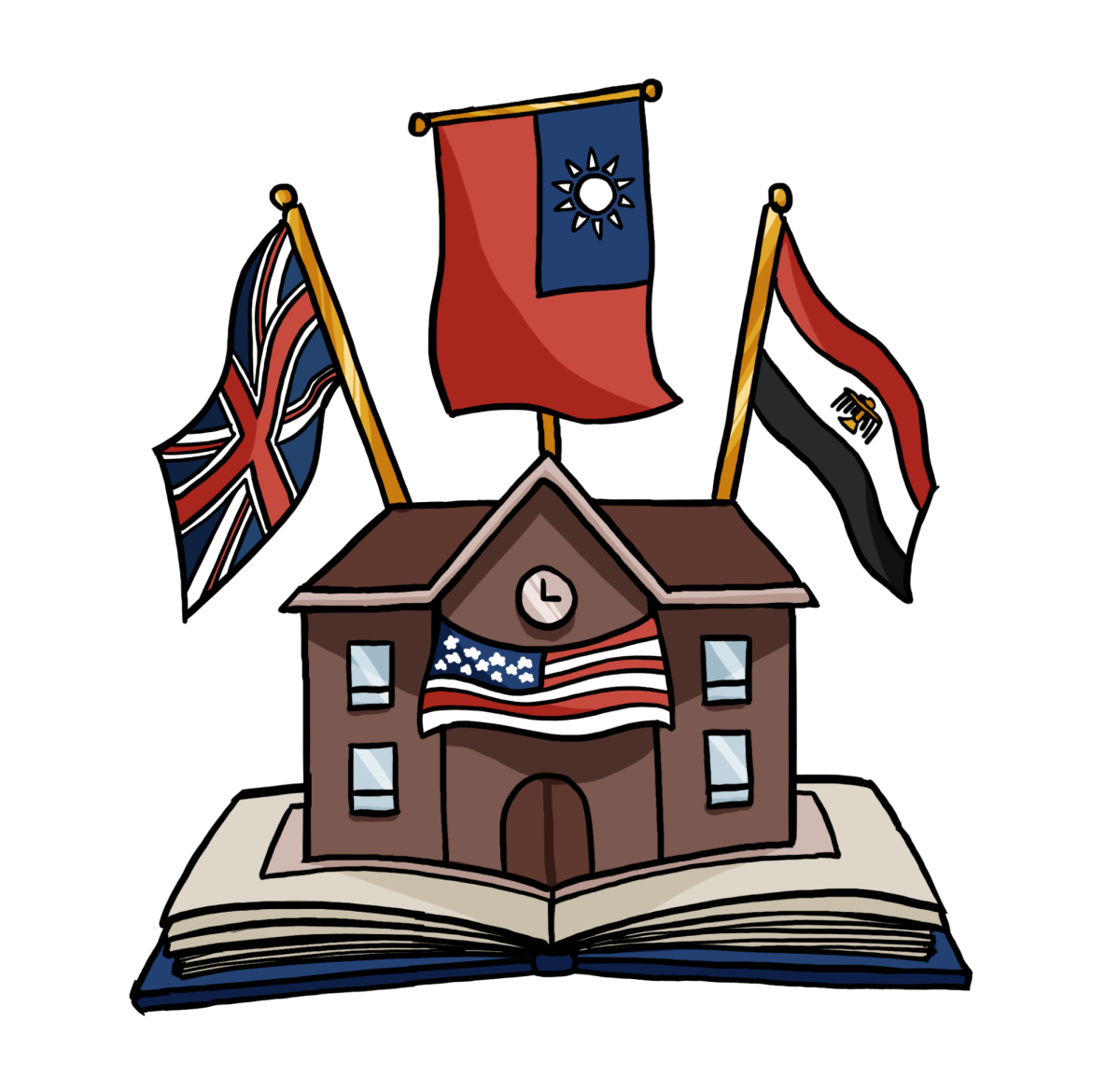South Korea
South Korea has both a unique schedule and curriculum. Students usually attend school from 8:00 a.m. to 4:30 p.m., and each class lasts approximately 50 minutes. Their core curriculum is focused on creating a well-rounded student both academically and emotionally through core values such as creativity, a commitment to community and South Korean values. Additionally, their school day does not end at the final bell. Students are heavily recommended to attend “Hagwon,” which are essentially after-school tutoring sessions meant to focus on a class or subject of that student’s choice. Usually, Hagwon emphasizes language arts and mathematics. Hagwon is required by law to end around 8:00 p.m. but many end at 10:00 p.m. South Korean students are expected to perform at high levels constantly to ensure their entrance to prestigious schools as they further their education. Ultimately, the South Korean education system highlights a student’s ability to perform academically and socially at high levels to create a student who can impress.
America
The American education system mainly focuses on a student’s choice of either staying in on-level classes, or being able to move into advanced ones. American schools prefer to give students a choice of AP and Honor classes rather than forcing students into them. The average American high school begins around 8:00 a.m. and finishes at 3:00 p.m. unless students choose seven periods, in which case, they will end classes around 4:00 pm. The American school system accents extracurriculars such as sports, clubs, community service, theater and more in hopes of creating a well-rounded student by the time they finish their schooling. This strong focus on extracurriculars creates a large amount of competition when it comes to college acceptance, which further pushes students to maintain a high GPA, a rigorous schedule and impactful extracurriculars. Unlike schooling in other countries, America tends to highlight diversity, especially in California. School populations carry a variety of races, religions and ethnicities in hopes of giving students a sense of open-mindedness. Conclusively, the American school system emphasizes allowing students to pursue their passion and end their schooling as well-rounded adults.
Italy
Unlike many other countries, Italian schools are split into specific categories. Students first attend primary school, then Lower Secondary school, then Upper Secondary school, which is split into three categories. Students can choose whether they wish to attend Lyceum, an academic track, Technical, which offers both technical and academic classes, and Professional Secondary school, which is for students who wish to follow the vocational system. Italian students also face high academic pressure as parents are extremely involved in their educational journey. On top of which school they choose, most students are involved with sports and usually attend school Monday through Saturday. Italian students remain in the same class every day, and teachers move rooms, differing from the American school system. Also unlike the American and South Korean schools, Italy has very little diversity when it comes to the average classroom. Italian schools have only recently begun to broaden their conception of diversity. This diversity, however, does not only refer to race, gender or ethnicity but also includes religion, socioeconomic status, sexual orientation, language and more. Overall, the Italian school system tends to assert the importance of being highly educated throughout one’s life.


